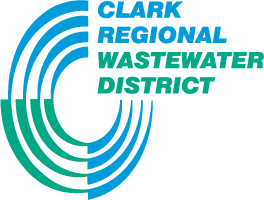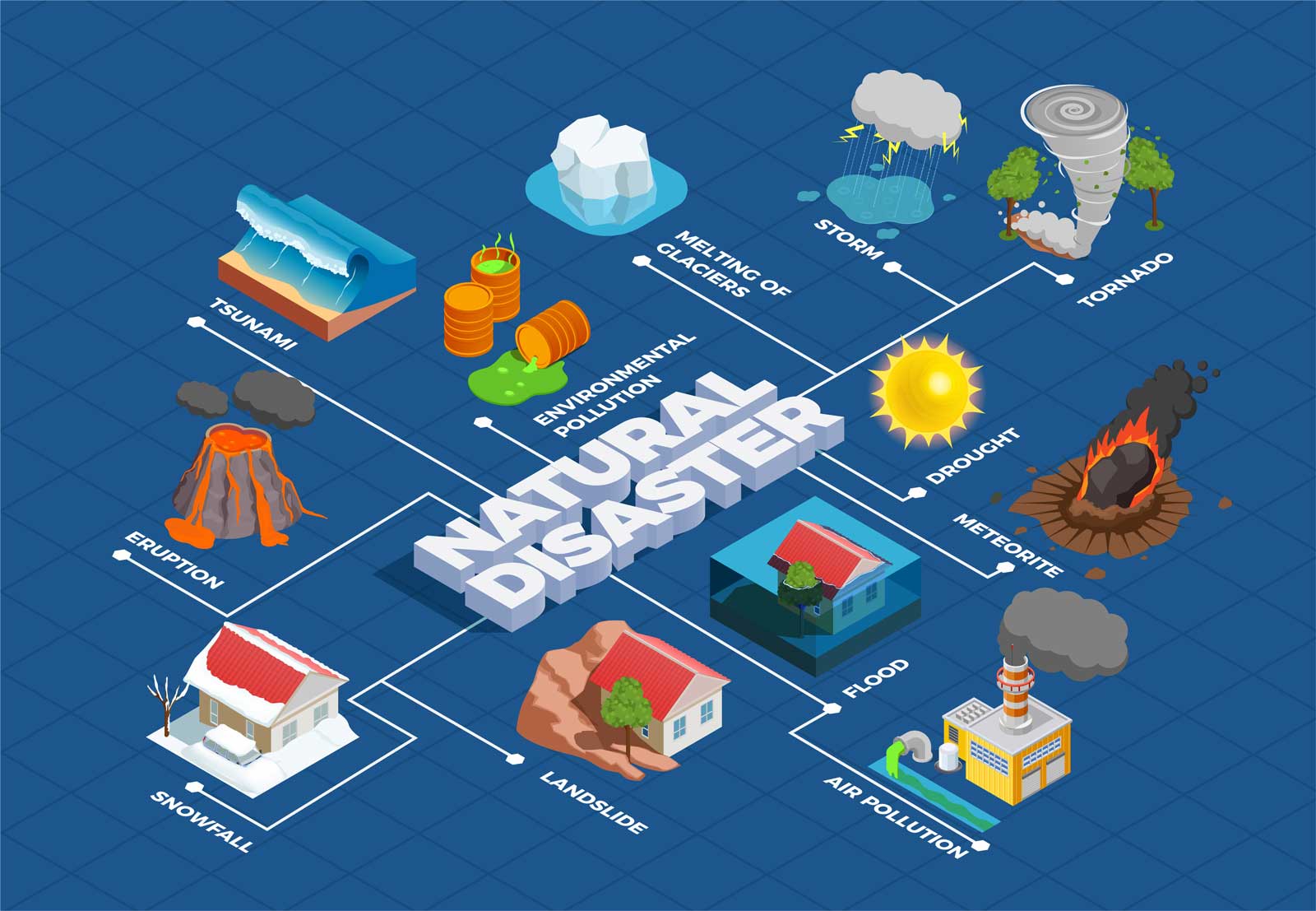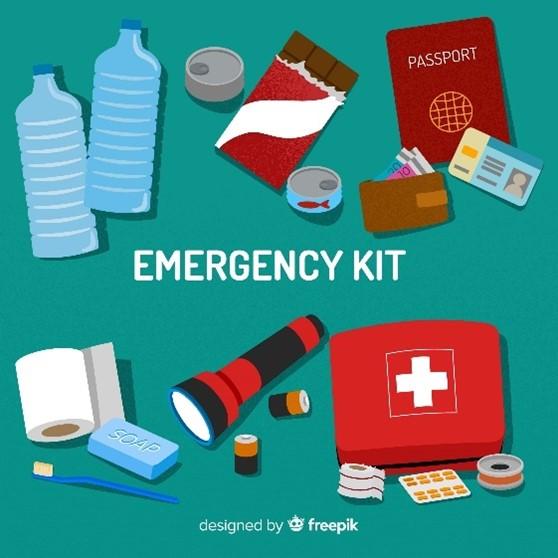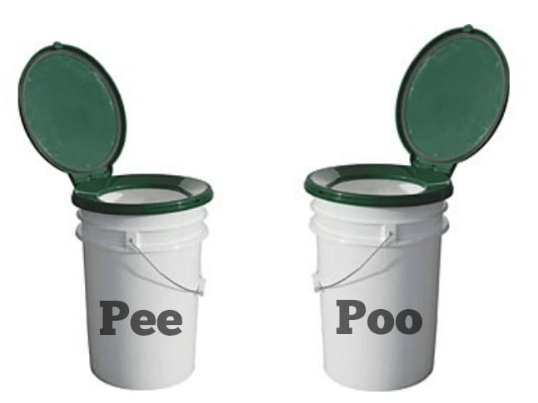Emergency Kit – Make Your “Go Bag”
After a natural disaster, you may need to survive on your own for several days. An emergency kit, or go bag, is a collection of basic items your household may need.
You should have go-bags at home, at your workplace, and in your car. Make sure to consider your unique needs, such as medications, glasses, and pets. Mark the calendar to check your go bags once per year.
Emergency Toilets: Twin Buckets
Temporary toilets may be needed in an emergency. The twin bucket system is a safe way to manage human waste. Use two 5-gallon buckets to capture and separate pee and poo. It will take two people about one week to fill up a 5-gallon bucket.
Materials needed: shovel, soap/hand sanitizer, toilet paper, bucket and plastic garbage bags to capture and dispose of waste. Toilet seats designed for buckets can provide more comfort.
Important to know:
- Store waste from temporary toilets away from food, streams, or other water bodies. Keep kids and pets away from toilet and waste area.
- After each use, throw dirt, ash, bark chips, or other dry material in the temporary toilet to reduce the smell and keep pests away.
- Throw only toilet tissue. Don’t dispose of sanitary pads, diapers, etc.
- Keep soap and water or hand sanitizer nearby.




